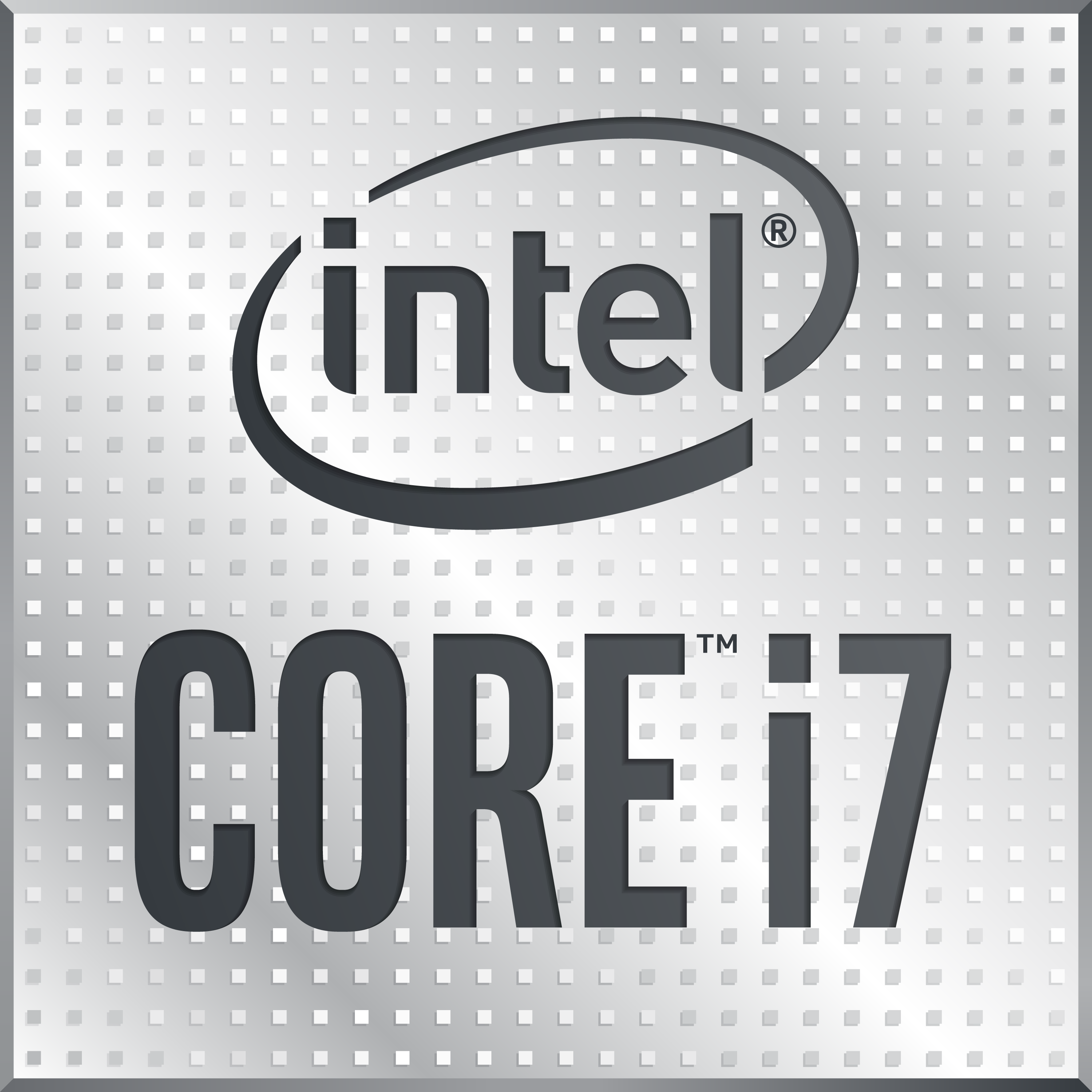- Joined
- Feb 20, 2019
- Messages
- 7,309 (3.86/day)
| System Name | Bragging Rights |
|---|---|
| Processor | Atom Z3735F 1.33GHz |
| Motherboard | It has no markings but it's green |
| Cooling | No, it's a 2.2W processor |
| Memory | 2GB DDR3L-1333 |
| Video Card(s) | Gen7 Intel HD (4EU @ 311MHz) |
| Storage | 32GB eMMC and 128GB Sandisk Extreme U3 |
| Display(s) | 10" IPS 1280x800 60Hz |
| Case | Veddha T2 |
| Audio Device(s) | Apparently, yes |
| Power Supply | Samsung 18W 5V fast-charger |
| Mouse | MX Anywhere 2 |
| Keyboard | Logitech MX Keys (not Cherry MX at all) |
| VR HMD | Samsung Oddyssey, not that I'd plug it into this though.... |
| Software | W10 21H1, barely |
| Benchmark Scores | I once clocked a Celeron-300A to 564MHz on an Abit BE6 and it scored over 9000. |
Apparently you're incapable of doing basic math... 10W is ~42% more power than 7W and 100% more than 5W, which are massive proportions at this level.
That's just insulting; You and I both know I've posted complex calculations on these forums before and as a chartered engineer, even if I was a bad one, basic math skills are a given.
He's simply trying to take the worst/worst scenario to exaggerate his point by looking only at the extreme options in order to falsely prop up his argument.
The article clearly states it's 7W, not 5W.
"The Core i5-L16G7 has a rated SDP (scenario driven power) rating of 7 W"
AMD's offical cTDP values for a 4800U are 10-25W, and those official figures guarantee the 1.8GHz base clock assuming adequate cooling is provided. If your 4800U doesn't achieve 1.8GHz at 10W, RMA it because it's out of spec, ergo faulty.
10W compared to 7W may still be a sizeable 42% increase, but it's not the 200% increase he's trying to make it out to be. I'd certainly wager that a 10W 4800U is more than 42% faster than this 7W Core i5-L16G7....
Last edited:





